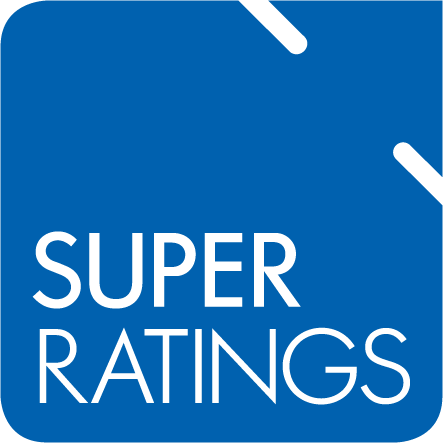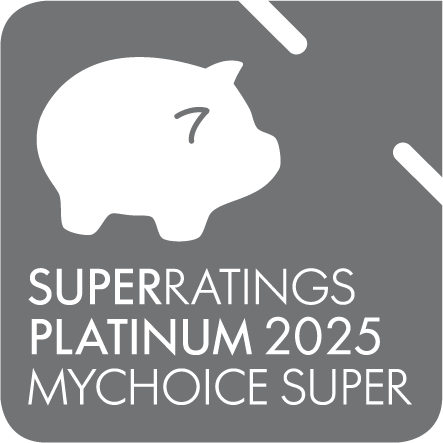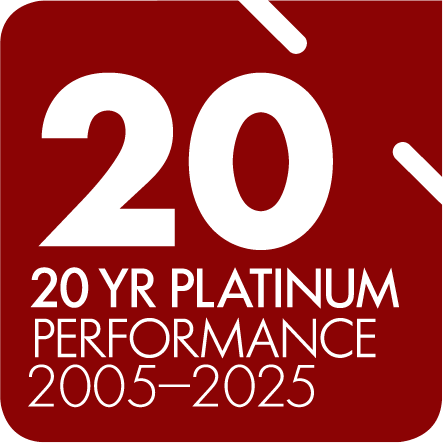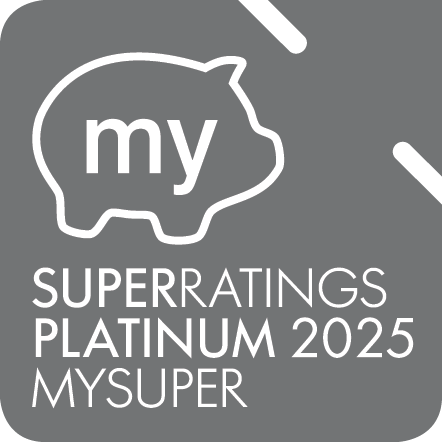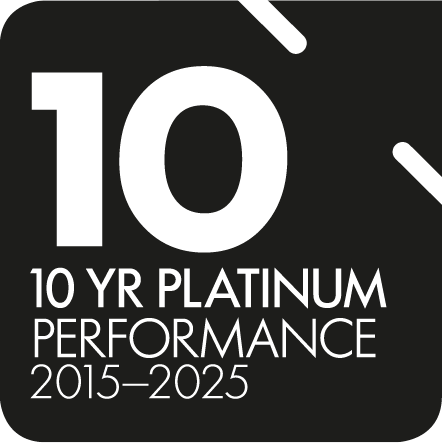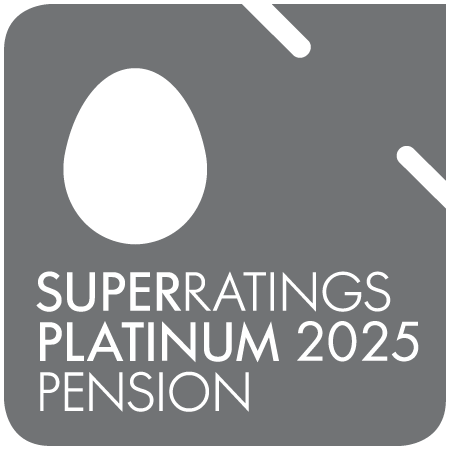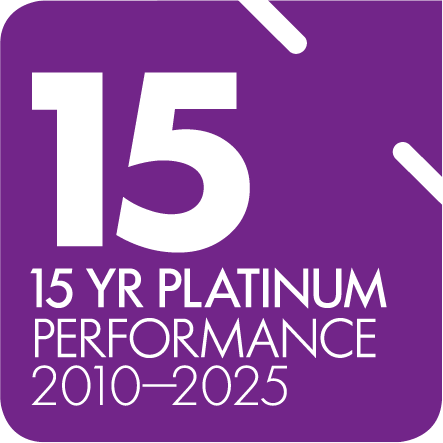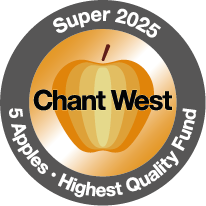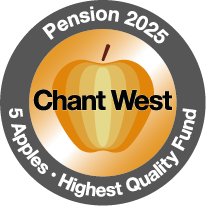Moving from accumulation to the pension phase
The pension phase of your self-managed super fund (SMSF) is a significant milestone in your retirement journey — it’s when you shift from growing your retirement savings to accessing them as an income.
Once you meet the eligibility criteria, such as reaching the preservation age or satisfying a condition of release like retirement, you can begin withdrawing from your super.
However, this transition also affects how your fund is taxed and managed, so you must notify the ATO. You’ll usually need to report details such as your SMSF transfer balance.
Understanding the transfer balance cap
- The transfer balance cap ($2 million as of 1 July 2025) limits how much super can be transferred into the pension phase of your SMSF.
Exceeding this cap means the excess must be withdrawn or returned to the accumulation phase, where it will be taxed at the standard rate.


